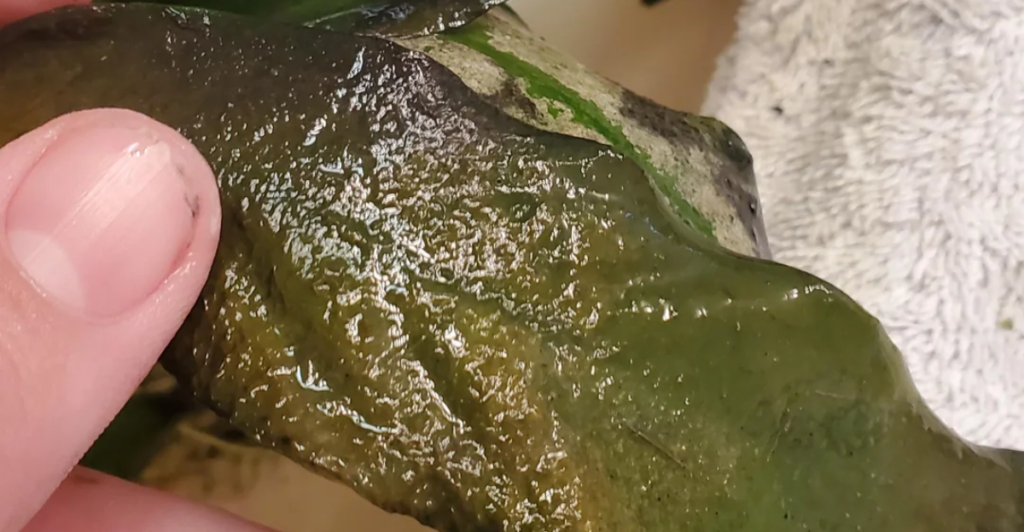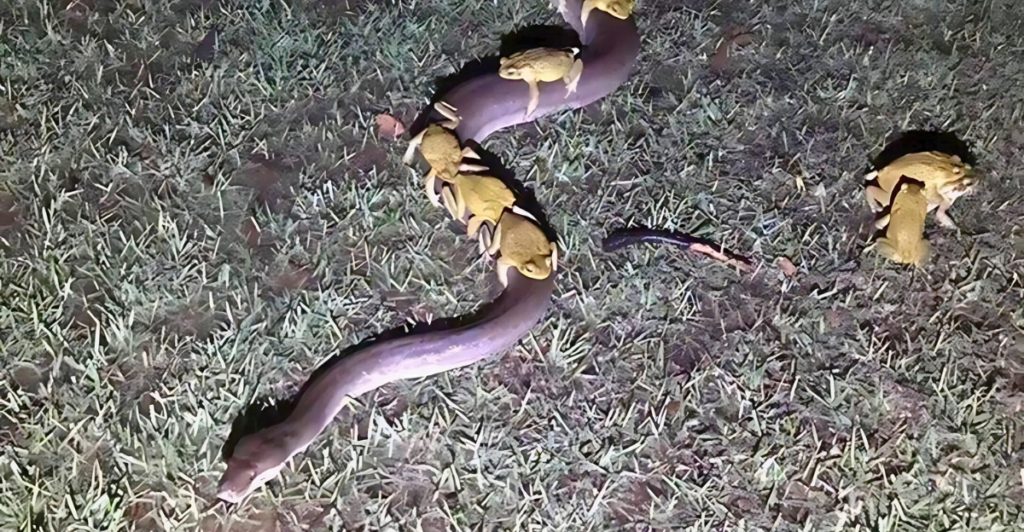
Nature is filled with fascinating partnerships between different species, many of which depend on each other for survival. From bats and carnivorous plants to crocodiles and birds, these interspecies relationships highlight the complexity and beauty of life on Earth. Here are 13 remarkable alliances that have formed, showcasing the wonders of mutualism, where species rely on each other for essential resources, protection, or sustenance.
Crocodiles and Birds: A Shared History of Cooperation

The relationship between Nile crocodiles and Egyptian plovers may seem surprising, but it’s a long-standing mutualism. While some experts debate the exact nature of their interaction, evidence shows that various wading birds and crocodilians across the globe engage in similar cooperative behaviors. Birds seek refuge near alligators or crocodiles to protect their nests, while the alligators benefit from the easy food source provided by fallen chicks.
Ostriches and Zebras: A Perfect Combination of Senses

Ostriches, with their poor eyesight, and zebras, who have limited olfactory senses, make for an ideal pairing on the African plains. Together, they use their combined strengths to detect predators. Ostriches rely on zebras’ keen vision to alert them to dangers, while zebras benefit from the ostrich’s excellent sense of smell, creating a partnership that has endured for generations.
Periphyton: A Complex Partnership in the Everglades

In the shallow marshes of the Everglades in southern Florida, a unique collaboration thrives between algae, fungi, microbes, and plant detritus. This combination forms a periphyton, a complex and productive system that serves as the foundation of the Everglades’ food chain. Meenakshi Chabba from Florida’s Everglades Foundation explains that the periphyton is an extraordinary example of mutualism, where these organisms work together, forming a vital ecosystem.
The Green-Brown Sludge: Nature’s Foundational Web

Though it may appear as a harmful algal bloom at first glance, the green-brown sludge in the Everglades is anything but harmful. Instead, it is a carefully orchestrated alliance of various species that provides the vital building blocks for the region’s highly diverse ecosystem. This cooperative relationship has existed for millions of years, providing essential nutrients and sustaining countless species.
Woolly Bats and Pitcher Plants: A Carnivorous Love Story

In Borneo, the woolly bat and the carnivorous pitcher plant have formed an unlikely but essential partnership. The pitcher plant lures the bat into its traps with an echo reflector but doesn’t intend to consume it. Instead, the plant benefits from the bat’s droppings, which act as fertilizer. In exchange, the bats find a safe resting place within the plant’s hollow, making this a truly reciprocal arrangement.
Clover Roots and Nitrogen-Fixing Bacteria: An Ancient Partnership

For over 60 million years, legumes like clover have been in a mutually beneficial relationship with nitrogen-fixing bacteria. The bacteria help the plants by turning nitrogen from the air into usable ammonia, which the plants use to grow. In return, the plants house the bacteria in root nodules and provide them with sugars and oxygen. This ancient partnership is essential for plant growth in nitrogen-poor soils.
Bacteria and Roots: A Subterranean Symbiosis

Beneath the soil, the partnership between legumes and nitrogen-fixing bacteria is an example of how mutualism operates on a microscopic level. These bacteria live within the root nodules of plants, providing them with essential nutrients in exchange for sugars and a safe environment to thrive. This underground cooperation is critical to soil health and plant growth.
The Impact of Human Activity on Mutualistic Relationships

While these interspecies partnerships are incredible, human actions are increasingly threatening them. Habitat loss, pollution, and the introduction of non-native species are decoupling many of these intricate relationships. For example, in Hawaii, the extinction of birds that once pollinated specific plants threatens the survival of those plants. As species disappear, the fate of mutualistic relationships is intertwined with the survival of the planet’s biodiversity.
Extinction and Its Impact on Mutualism

When one species in a mutualistic relationship faces extinction, it doesn’t only affect that species but can disrupt the entire system. The loss of pollinators, for example, could cause plants to decline and die, setting off a chain reaction throughout the ecosystem. This breakdown in mutualism could potentially accelerate the loss of biodiversity, leading to cascading effects in the food chain.
The Resilience of Nature: New Partnerships in a Changing World

Despite the many threats these relationships face, nature is surprisingly resilient. Some mutualistic partnerships are adapting to global changes, including those involving invasive species. For example, fungi have started forming alliances with non-native eucalyptus trees, showing that mutualism is not a static phenomenon but can evolve in response to environmental changes.
Plants and Pollinators: Co-Evolution at Risk

In Hawaii, the co-evolution between certain plants and their bird pollinators has led to incredibly specialized relationships. However, with the decline in these bird populations, the plants that rely on them for pollination face the threat of extinction. This scenario highlights how deeply connected species can be and how their fates are often bound together.
Adaptation to New Species: Unexpected Alliances

As the world changes, so too does the nature of mutualistic relationships. Some species have adapted to new partnerships with non-native species, showing a remarkable ability to evolve. This ability to form new alliances allows certain ecosystems to maintain balance, even in the face of environmental disruptions and the introduction of foreign species.
The Future of Mutualism: A Shared Fate

The fate of mutualistic relationships is intricately tied to the health of the planet’s ecosystems. While many species are struggling due to human impact, there is hope. Evolutionary biologists like Toby Kiers note that some mutualisms can adapt, even forming new relationships with invasive species. The future of these partnerships depends on the resilience of nature and our ability to protect it.
These alliances reveal the remarkable ways in which different species can rely on each other for survival. Whether through nutrient exchange, protection, or even the sharing of senses, the relationships formed between species are not just survival strategies—they’re a testament to the power of interdependence in the natural world.
Stay connected with us for more stories like this! Follow us to get the latest updates or hit the Follow button at the top of this article, and let us know what you think by leaving your feedback below. We’d love to hear from you!







